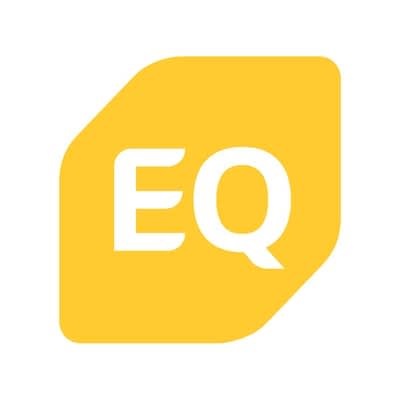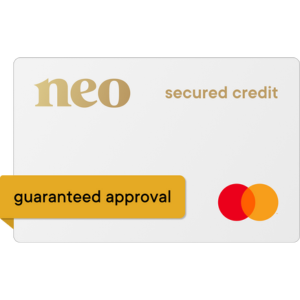Around 26% of Canadians use cheques to pay their bills, according to the Bank of Canada.
From time to time, your employer, a utility provider, or a creditor may ask you for a void cheque.
These cheques are used to verify your identity and share your bank account information with organizations that need to automate deposits and withdrawals to or from your bank account.
Below, I’ll explain everything that you need to know about using a CIBC void cheque, so you know what to do the next time you’re asked for one.
How To Get a Void Cheque from CIBC
Here are a few different ways you can get a CIBC void cheque. Most of the time, a PDF copy will do, but you might also need a hard copy as well that you can print out.
- CIBC Online Banking: Log into your CIBC online banking account. Once you’re logged in, select your account, and find the option that allows you to print a void cheque. Follow the prompts to get the void cheque.
- CIBC Mobile App: If you have the CIBC mobile app, you might also be able to get a void cheque this way. After logging into the app, you’ll need to select your account and then find and follow the appropriate prompts to print a void cheque.
- Bank Branch: You could visit a CIBC bank branch in person and request a void cheque. The bank teller should be able to provide you with a void cheque for your account.
- Customer Service: You can call CIBC’s customer service line and ask for a void cheque to be sent to you.
- Using Your Chequebook: All you need to do is take a cheque out of your chequebook and write the word “VOID” in large letters across the front of the cheque. Just make sure that the letters don’t cover essential information, such as your name, address, account number, and routing number. Here’s an example of what a CIBC void cheque looks like:
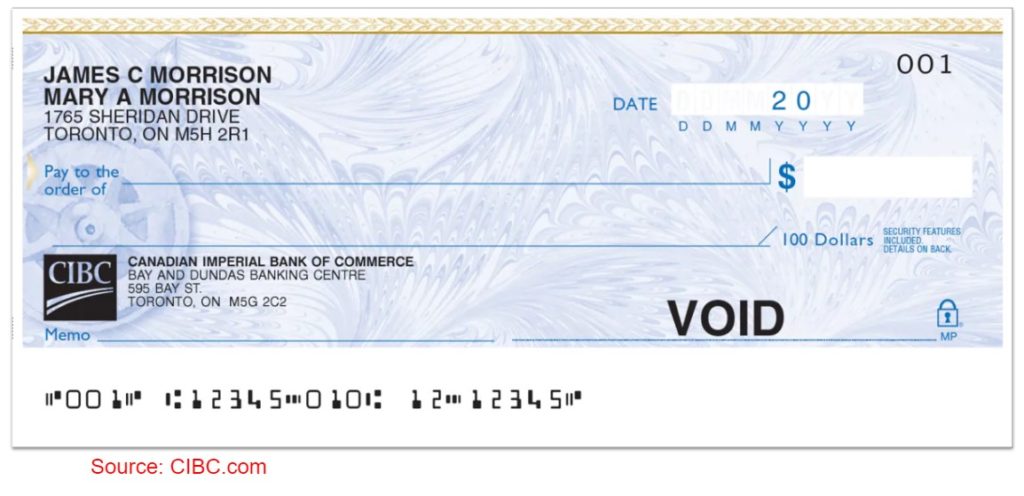
What Is A CIBC Void Cheque?
Let’s start by looking at a quick definition:
- Void – “Not valid or legally binding.”
A void cheque is a cheque from your chequebook that’s not legally binding. In other words, the individual or organization you give a void cheque to cannot deposit the cheque into their account. Void cheques are used purely for information purposes.
A void cheque is typically used to link you to your bank account. This proves your identity and ensures that your automated withdrawals or deposits are going to and coming from the right bank account.
Void cheques display several important pieces of information, including:
- Your full name
- Your billing address
- Your bank account number
- Your bank routing number
All of this information is essential for any organization that needs to send money to or take money directly from your bank account.
What Are CIBC Void Cheques Used For?
Void cheques are used for anything that requires your bank account information. Even though some financial organizations may ask for a form with your account information, they may also ask for a void cheque to verify the account information you’re providing.
Here are some of the most common reasons why you may need to use a CIBC void cheque.
Automated Bill Payments
Many bill payments can be automated by linking your credit or debit card to the account.
However, some organizations may require you to provide your bank account information. Debit and credit cards can expire or be frozen, which can interfere with payments.
Your bank account information, on the other hand, does not expire. This makes it a more reliable way for organizations to ensure that you pay your bill on time.
Electronic Fund Transfers (EFTs)
An Electronic Fund Transfer is a bank transfer that’s initiated from one Canadian bank to another. Businesses often use EFT transfers to automate invoice payments for goods.
The CRA also uses EFTs to disperse tax refunds, tax credits, and any social welfare programs that you’re enrolled in, as an EFT is safer and quicker than mailing a paper cheque.
To verify that your bank account information is correct, though, you may need to provide the organization with a void cheque.
Direct Deposit Forms For Work
Today, most employers offer direct deposit, so you can receive your paycheque directly into your bank account.
This eliminates cheque cashing fees and prevents lost paper cheques.
When you start a new job, your HR manager may ask you to provide them with a void cheque that they can keep on record to ensure that your paycheque is sent to the correct account.

If you bank with CIBC, then you can also take advantage of the bank’s pre-authorized debit forms. These forms include the same information as a void cheque, but don’t require you to provide an actual cheque.
This is useful for individuals who don’t have a chequebook. Chequebooks from the CIBC can be somewhat costly and often take up to a week or more to arrive in the mail, which can be problematic if you need to provide your account information within a short window of time.
Most financial institutions will take a pre-authorized debit form in place of a void cheque.
To download CIBC’s pre-authorized debit form from the CIBC website, click here.
Are CIBC Void Cheques Safe?
For the most part, void cheques are safe. However, if they fall into the wrong hands, criminals can use the bank account information on the void cheque to steal your identity.
If you’re writing or sending a void cheque, make sure that it’s only being received by the person or organization that it’s intended for.
The good news is that CIBC is insured by the Canada Deposit Insurance Corporation (CDIC). Each bank account is insured for up to $100,000 in the event of fraud or theft.
3 Tips: How To Send A CIBC Void Cheque Safely
Here are a few helpful safety tips to keep in mind if you ever need to send a CIBC void cheque.
1. Write “VOID” In Large Letters
The void cheque example that I showed you above is technically correct. However, it’s not the safest way to write a void cheque. Ideally, you want to write the word “VOID” in very large letters, making sure to cover the dollar amount box and signature box. This ensures that a thief can’t write over your tiny “void” lettering and cash the cheque. Here’s how I like to write my void cheques:
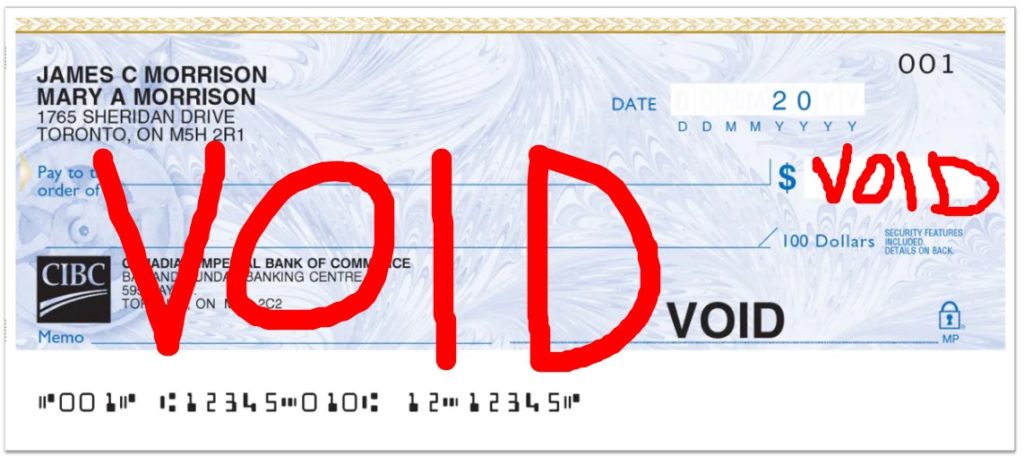
It probably goes without saying, but make sure to write “VOID” with a pen (not a pencil, which can be erased).
2. Use A Security Envelope
If you’re mailing the void cheque, I recommend using a special security envelope. Potential thieves can’t see the contents of these envelopes, so there’s a lower chance of somebody trying to steal the letter. Security envelopes can be purchased from most office supply stores.
3. Use Email Encryption
If you’re emailing a photocopy of a void cheque, I recommend formatting the image as a PDF file and encrypting the file. This ensures that only you and the recipient can view the void cheque and reduces the likelihood of the message being hacked into.
Here’s a helpful video to help you encrypt the pdf file:
How Do I Get A Void Cheque From CIBC?
The easiest way to get a CIBC void cheque is to create your own using a paper cheque from your chequebook. If you don’t have a chequebook, then you can use the CIBC pre-authorized debit form.
How Do I Get A Void Cheque From The CIBC App?
You can easily access your CIBC account information from within the CIBC’s online banking app using the steps below:
- Enter your login credentials
- Click on the account you would like to access
- Select the “Manage My Account” dropdown list
- Select “Void Cheque/Direct Deposit Info” from this list
- You can review or print the information for personal use
Conclusion
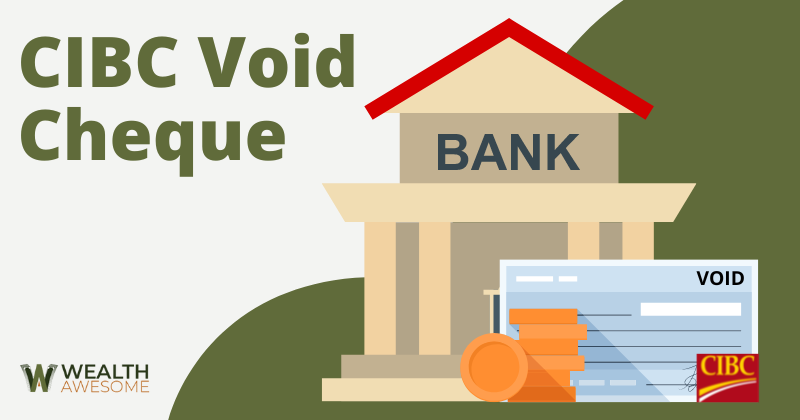
With online banking technology, void cheques aren’t as common as they once were.
However, they are used from time to time. If you ever need to use a CIBC void cheque, just remember to do so safely and securely using the tips I mentioned above.
If you’re looking for an easy way to send and receive money domestically and internationally, I recommend using Wise, as they have some of the lowest transfer fees on the market.
Keep reading to see my full review of Wise (formerly Transferwise) next!


